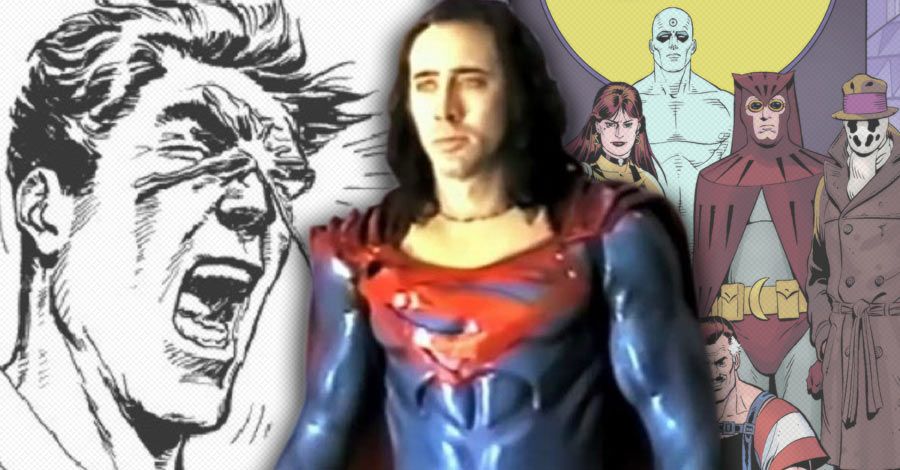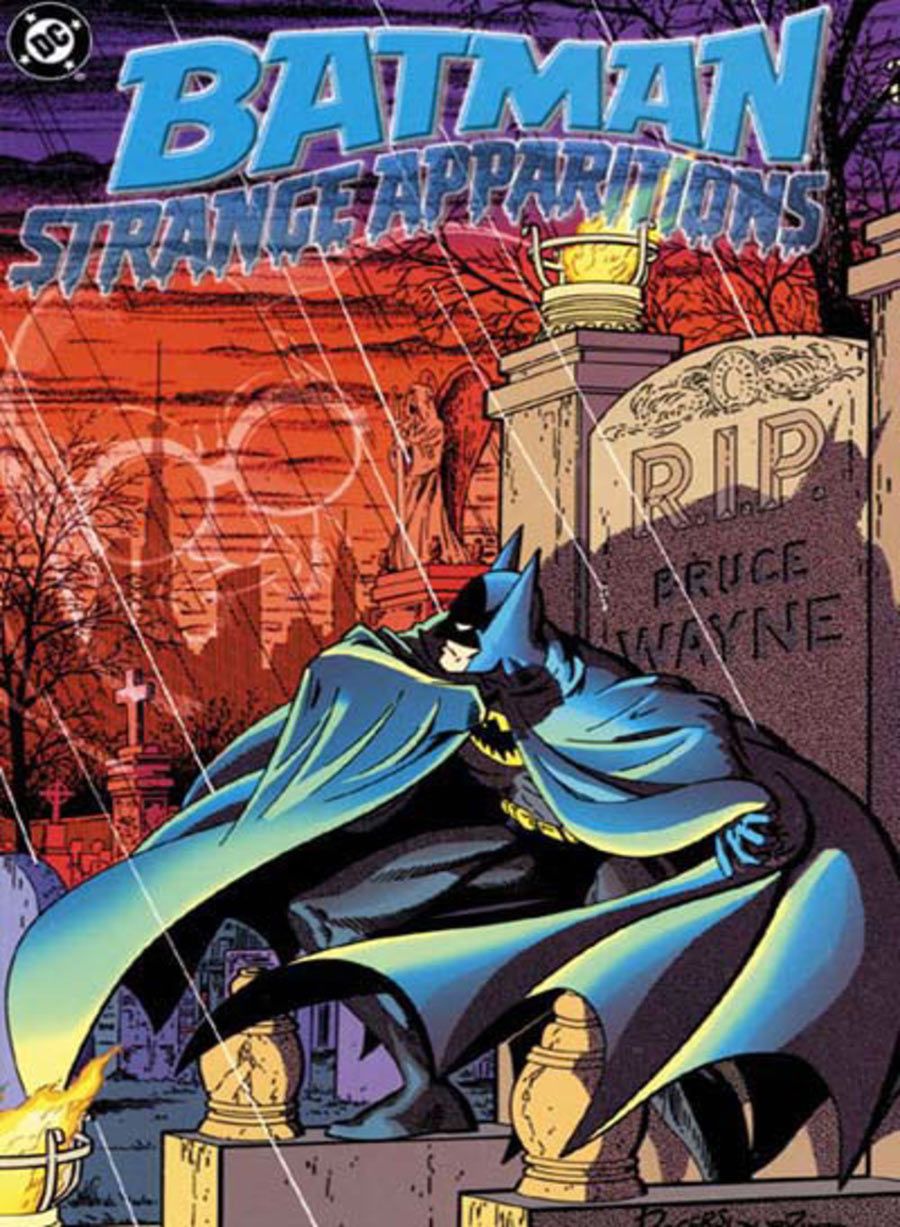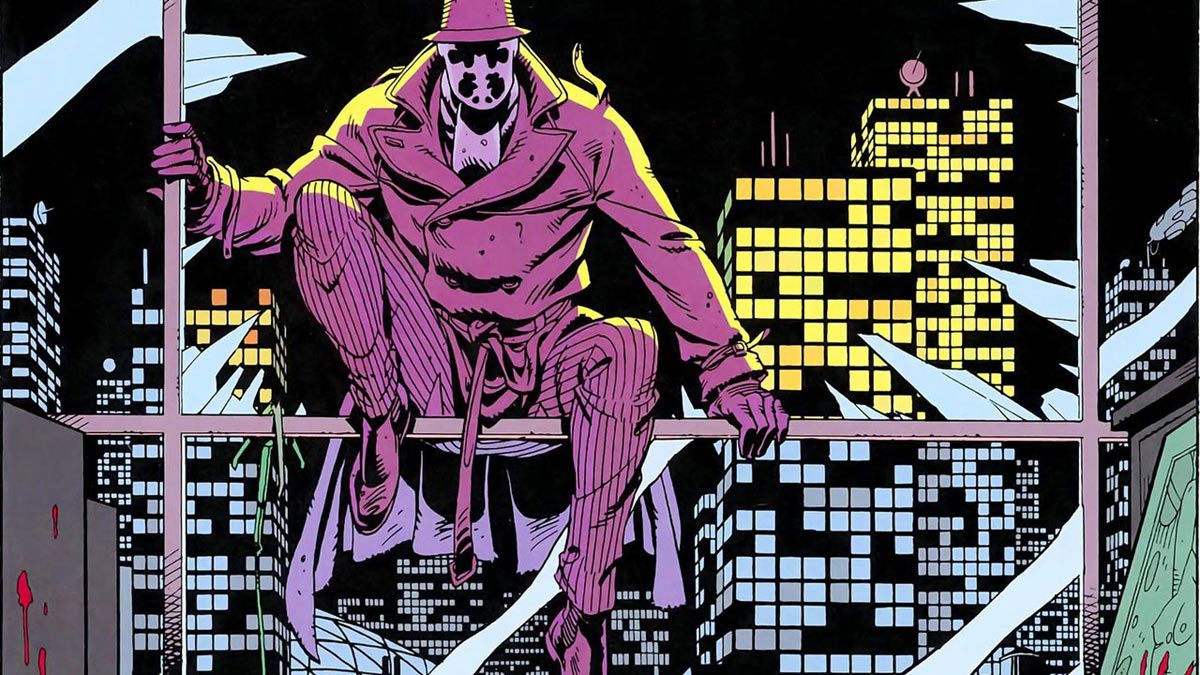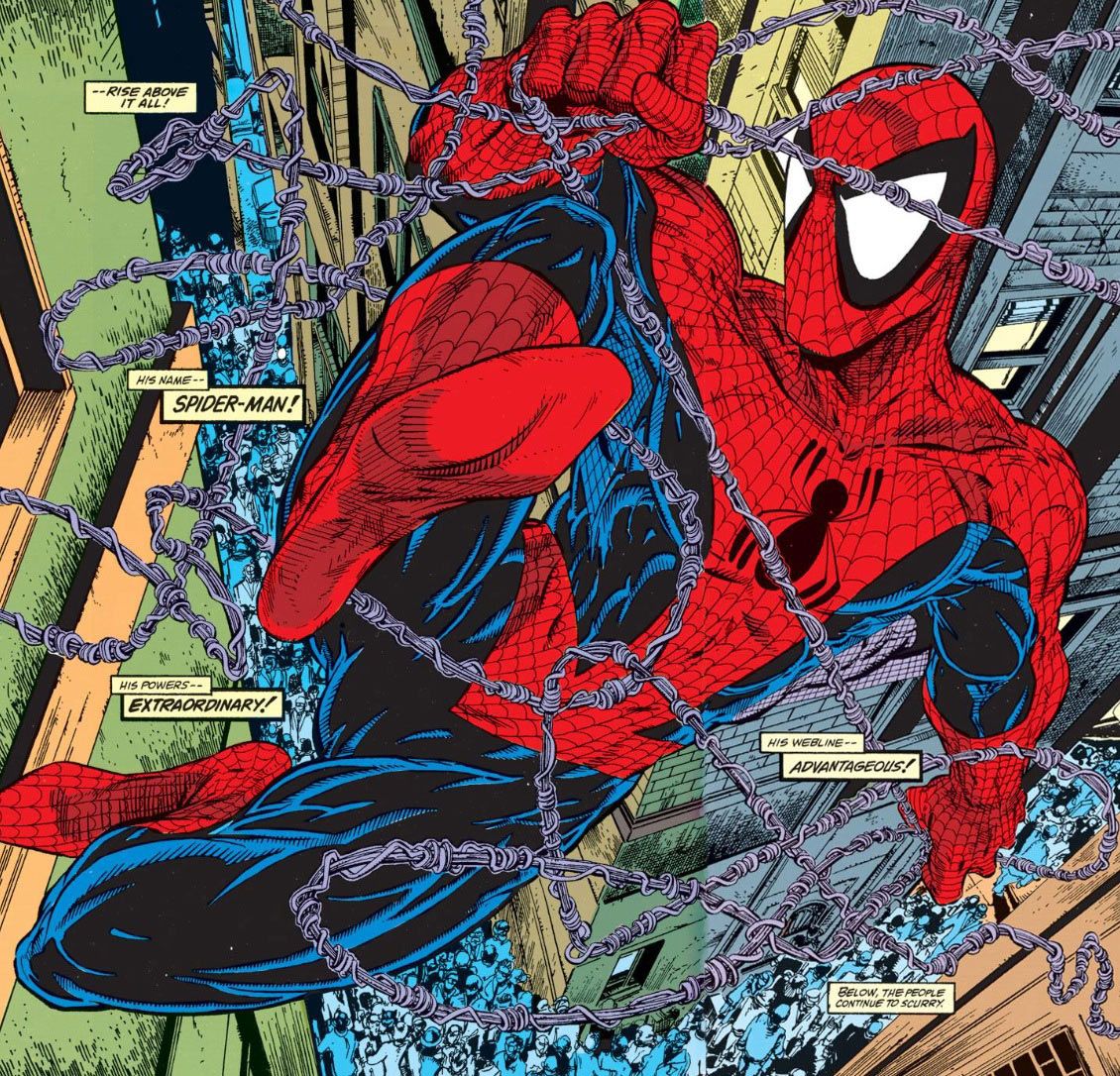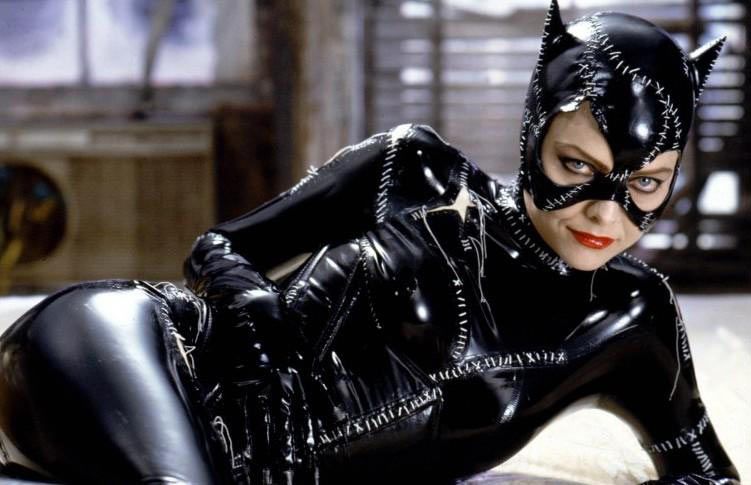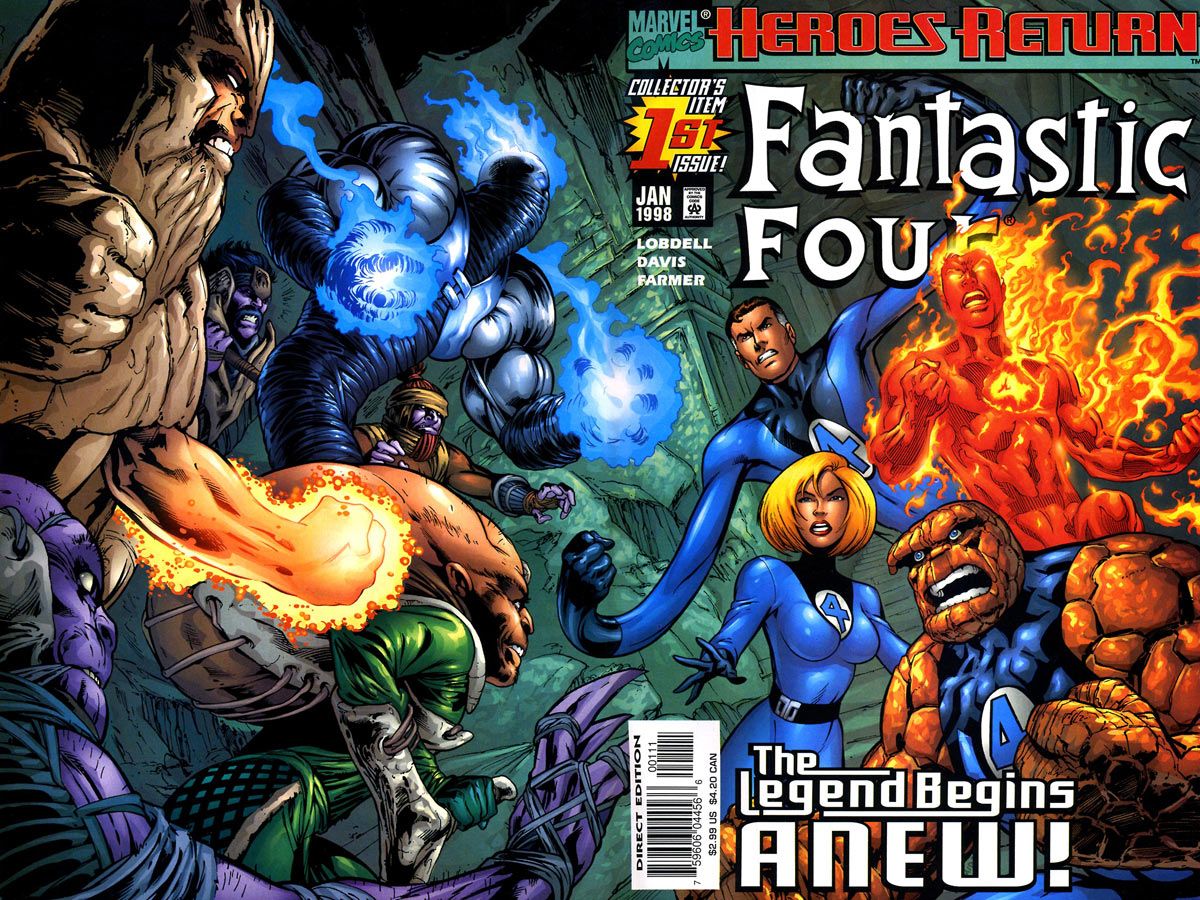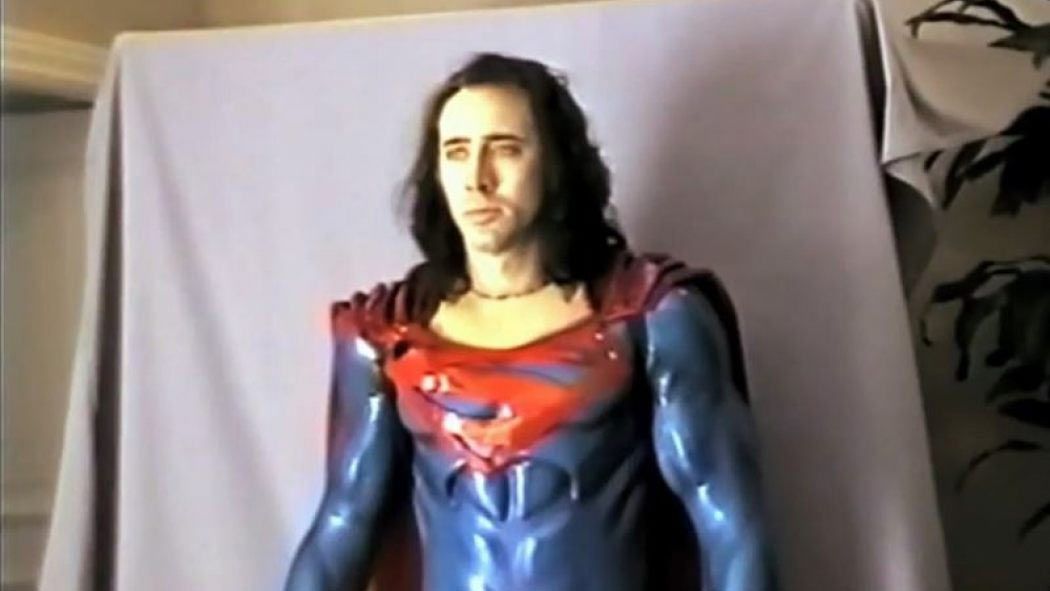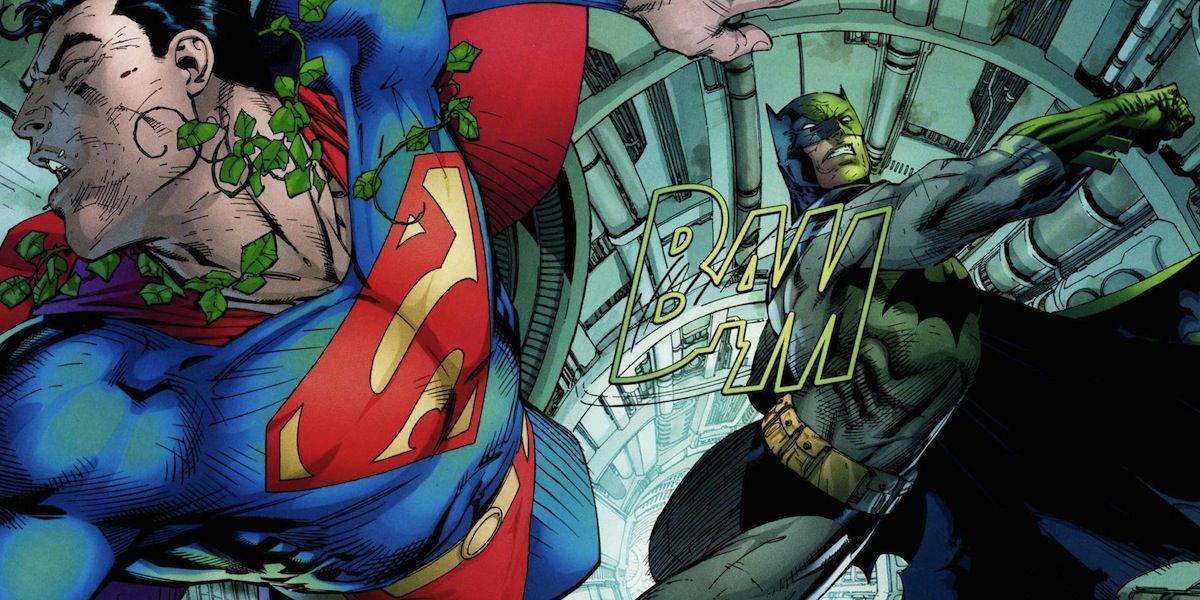The Biggest Superhero Films That Didn't Happen, Part 2
This month, Warner Bros. rolled out more peeks at March's "Batman v. Superman: Dawn of Justice," August's "Suicide Squad" and next year's "Wonder Woman." They're the first wave in an ambitious slate of shared continuity DC Films that started with 2013's "Man of Steel;" a franchise designed to compete with the prolific Marvel Cinematic Universe.
Of course, the world isn't always kind to filmmakers' best-laid plans. Let's start a look back at those comic book-based movie projects that never quite came to fruition, and/or started out in wildly different forms.
BATMAN '83
Basking in the success of 1978's "Superman" and its sequel, Warner Bros. was eager to bring Batman and Robin back to the big screen. Producers Benjamin Melniker and Michael Uslan hired screenwriter Tom Mankiewicz -- who'd polished both "Superman" screenplays as a "creative consultant" -- to take a similar approach with the Dynamic Duo. Taking its cue from the then-recent Steve Englehart/Marshall Rogers/Walt Simonson "Detective Comics" run, Mankiewicz' script for "The Batman" began with the Waynes in Crime Alley and progressed through a familiar training-slash-growing-up montage before heading into full-on Bat-action. It incorporated the Joker, the Penguin, Rupert Thorne, Silver St. Cloud, the origins of Robin and the Batmobile plus a Batcave with a giant penny and robot dinosaur. In other words, it would have been a pretty faithful Bronze Age Batman story -- which, according to interviews, was a radical departure in the eyes of nervous higher-ups who were more used to the TV show's camp.
Later, Englehart himself took another pass at the script, getting rid of Robin and the Penguin as part of some general streamlining. Apparently, though, Frank Miller's "Dark Knight Returns" really provided the impetus to make the movie that became Tim Burton's "Batman." Englehart claims that Kim Basinger's Vicki Vale and Jack Palance's Carl Grissom are renamed versions of Silver and Thorne, and there's probably some truth to that. Still, the final version of 1989's "Batman" (credited to Sam Hamm and Warren Skaaren), with its origin flashback and armored Dark Knight, is pretty far from Mankiewicz's first draft.
WATCHMEN '88
The Quixotic drive to make a movie out of "Watchmen" began in 1986, when the original miniseries by Alan Moore and Dave Gibbons was still being published. Producers Lawrence Gordon and Joel Silver hired "Batman" screenwriter Sam Hamm, whose first draft sought to convey the comics' particular sensibilities without being quite so literal. Hamm's script begins in 1976, where our heroes fail to stop a terrorist attack on the Statue of Liberty and end up being outlawed. From there it jumps ahead 10 years for a condensed version of the comic's conspiracy plot, complete with Rorschach going to prison and Dr. Manhattan -- who, in Silver's mind, would have been played by Arnold Schwarzenegger -- going to Mars. However, Hamm ended up changing the ending completely, with Veidt constructing a time machine to prevent Dr. Manhattan from ever existing. That would save the world, because anything had to be better than hurtling down the road to nuclear annihilation. Thus, Hamm's "Watchmen" ended on a cliffhanger, with Dr. Manhattan gone and Rorschach, Silk Spectre, and Nite Owl finding themselves in our world.
With Terry Gilliam attached to direct, this version of "Watchmen" might have been a lost opportunity for fans who felt that Zack Snyder's 2009 version was faithful to a fault. However, Gilliam eventually stated that "Watchmen" was "unfilmable," and Devin Faraci's concise summation of Hamm's script can be boiled down into one (rather unflattering) four-letter word.
The project bounced around between producers and studios until the early 2000s, when screenwriter David Hayter steered the project in direction closer to the source material. The final script was credited to Hayter and Alex Tse, and Gizmodo shared details from a couple of Hayter's drafts (and another unflattering evaluation of Hamm's).
After bouncing from studio to studio, going through a handful of prospective directors (including Hayter, Paul Greengrass and Darren Aronofsky), and flirting with the likes of Jude Law and Tom Cruise for Ozymandias, the production settled at Warner Bros. with director Zack Snyder, and the rest is history.
SPIDER-MAN '92
Getting Spider-Man to the big screen took decades, and involved many hands.
In the early '80s, Stan Lee himself wrote a movie treatment to be directed by Roger Corman, in which Spidey would have prevented a nuclear war and romanced a KGB agent in the course of flirting with Mary Jane Watson and fighting Doctor Octopus. Later, Cannon Films planned a Spider-Man movie with a hero who, werewolf-like, turned into a spider and fought other animal/human creatures. Other Cannon efforts were more traditional, but as one might expect, a B-movie budget wasn't really enough for a proper Spider-Man movie.
When Cannon went under, its producers sold the Spider-Man rights to Carolco, which had produced big-budget action flicks including the Rambo movies, "Terminator 2" and "Total Recall." Carolco hired "T2" director James Cameron to adapt Spider-Man, and Cameron first created a 31-page "scriptment," illustrated with storyboards, to explain his vision for the movie. Cameron's 1992 scriptment may be most famous for his contribution of organic web-shooters, a controversial part of the Sam Raimi series, but Cameron also portrayed them as more representative of Peter's, let's say, more primal urges.
The scriptment repurposes a number of elements from the comics, like making Peter a more defiant nerd than Stan Lee and Steve Ditko's original awkward teen. Spidey's seduction of Mary Jane Watson involves webbing and a cringetastic speech about spider mating rituals.
It comes off as the unholy union of "Fifty Shades of Grey" and Anakin Skywalker's hatred of sand. But it doesn't seem to be the last word on Cameron's Spidey. A July 1993 script, from Cameron and co-writers Barry Cohen, Ted Newsom, Joseph Goldmari, and John Brancato, replaced villains Electro and Sandman with Doctor Octopus, and used Flash Thompson and Liz Allan as teen sidekicks instead of MJ or Gwen Stacy.
Regardless, the film's details were somewhat mooted by legal wrangling over just who owned the Spider-Man rights, and Cameron's material became stuck in that quagmire.
CATWOMAN '95
Even though "Batman Returns" wasn't as lucrative as its predecessor, Warner Brothers was sufficiently bullish to try and spin off Michelle Pfeiffer's Catwoman into a solo feature. Director Tim Burton, producer Denise Di Novi and screenwriter Daniel Waters (all "Batman Returns" alumni) would guide Selina Kyle as she recuperated from her Gotham adventures in the superhero resort town of Oasisburg.
Details of the script have been hard to track down, but it was apparently at least as dark as "Batman Returns," and thus not exactly in keeping with the direction the Bat-films took once Burton stepped down as director. Waters reportedly turned in his "Catwoman" screenplay the day "Batman Forever" opened, providing a pretty clear contrast between the two philosophies.
Wavering commitments from both Burton and Pfeiffer also contributed to the demise of this "Catwoman." We may never know how Pfeiffer would have done in her second cat-suited adventure, but certainly the "Catwoman" which did get made -- and which was set to star Ashley Judd before Halle Berry came aboard -- remains one of the low points of superhero cinema.
FANTASTIC FOUR '95
The 2005 and 2007 "Fantastic Four" movies were produced by Chris Columbus. However, Columbus was originally supposed to direct "Fantastic Four," working from a script by Michael France -- crafted after 1994's infamous, produced but unreleased adaptation.
According to accounts, France's script was both bigger in scope and drew more on the comics, especially in its use of Doctor Doom. Although it played with Doom's history, making him a Russian cosmonaut named Victor Obrecht who's present for the FF's power-granting accident, he still takes over the country of Latveria, something the final film only hinted at. France's Doom was a recognizably megalomaniacal ruler, complete with a "blimp-type transport" and a horde of Doombots.
The FF's first public appearance had them stopping a terrorist attack by the Enclave (also known as the Beehive, a Lee/Kirby creation dating back to "FF" #66), and the big finish involved Doom harnessing the Human Torch's powers to fuel a superstorm dubbed the "Hypercane." It ended by teasing Sue's pregnancy and the potential of a "Fantastic Five." The film went through a number of rewrites (including one from our old friend Sam Hamm) and potential directors, before landing with director Tim Story and a script co-credited to France and Mark Frost.
While that film also emphasized the FF's various relationships, its relative lack of scale wasn't much help. France's script is a tantalizing glimpse at the kind of widescreen action that might only come to pass if future filmmakers are willing to take bigger budgetary risks. Given the current state of the FF (both in print and on screen), that's a big "if."
SUPERMAN '98
The saga of "Superman Lives" is dense enough to warrant its own documentary, "The Death of Superman Lives: What Happened?"
Here's the short version: it was based around the "Death of Superman" arc, it would have starred Nicolas Cage as the Man of Steel, and as far as producer Jon Peters was concerned, a number of familiar elements -- including a red-and-blue costume, a cape, and the power of flight -- were to be discouraged.
It began with a script by Jonathan Lemkin called "Superman Reborn," in which Superman dies battling Doomsday, but manages to transfer his life-force to Lois, impregnating her. The "son" then ages 21 years in three weeks and saves the world. According to Wikipedia, Warners didn't like this script because its themes were too similar to those of "Batman Forever."
The next draft, by Gregory Poirer, involved Brainiac creating a Doomsday with Kryptonite blood and a revived Superman who had to re-learn how to use his powers with the help of battle armor and a Kryptonian mental discipline. Kevin Smith, at the height of his mid-'90s geek-culture stature, was then hired to rewrite this script. Naturally, Smith treated the material more reverently (relatively speaking, I suppose), giving the cast quippy dialogue and inserting a number of Easter eggs -- including a Batman cameo -- and using L-Ron from "Justice League International" as Brainiac's majordomo.
Smith recommended that Tim Burton direct, but Burton wanted Smith's draft rewritten by Wesley Strick. A script purporting to be by Strick recently surfaced online, and it was apparently more quippy. Even the normally serious Brainiac shared some witty banter with Lex Luthor (who was also in Smith's draft).
The big finish put the revived Superman in a super-suit, outfitted with gadgets like X-ray goggles and razor-sharp S-shield weapons. According to Smith (who has been telling "Superman Lives" stories for years), Peters was the main source of all the divergences, among other things wanting Superman to fight a giant spider-creature, ninjas, and polar bears.
In short, "collapsed under its own weight" is probably the best description of "Lives'" fate. Peters channeled the Superman movie's budget into 1999's remake of "Wild Wild West," which indeed featured a giant steampunk spider-bot. (Also, I think the polar bears made it into "Man of Steel.") It does help put things in perspective: although the past few years' worth of comics have put Supes through many changes, "Superman Lives" likely would have topped them all.
BATMAN VS. SUPERMAN '02
Speaking of changes, a circa 2002 proposed Batman/Superman team-up movie to be directed by Wolfgang Petersen would have picked up well into our heroes' careers -- and in Batman's case, five years after he retired following the Joker's murder of Dick "Robin" Grayson (and the villain's own death).
While Clark Kent and Lois Lane would be getting a divorce, Bruce Wayne's impending marriage would end up sparking the World's Finest feud. The script, called only "Asylum," was written by Andrew Kevin Walker ("Se7en," "Sleepy Hollow") and revised by Akiva Goldsman, returning to the Bat-fold after having worked on the Joel Schumacher films.
All the finality in "Asylum" seemed at odds with the practical goal of relaunching a series of DC superhero movies. "Dawn of Justice's" Batman comes out of retirement to avenge a personal tragedy, but "Asylum" picks up even farther down the road, after both heroes have worked together significantly. Even "Asylum's" fights with Luthor and the Joker seem almost perfunctory against the radically changed landscape. Extended scenes with Lana Lang and detail o the villains' plot slow the film down, as well. It all sounds like a better capstone to an existing pair of series than the kickoff to a new set of films.
"Asylum" was competing for Warner Brothers' attention against solo Batman and Superman projects, namely Darren Aronofsky's "Batman: Year One" and JJ Abrams' "Superman: Flyby." Despite some casting attempts (including Christian Bale as a possible Superman), it never really got past the script stage.
Read about those two projects and more in The Biggest Superhero Films That Didn't Happen, Part 2!

